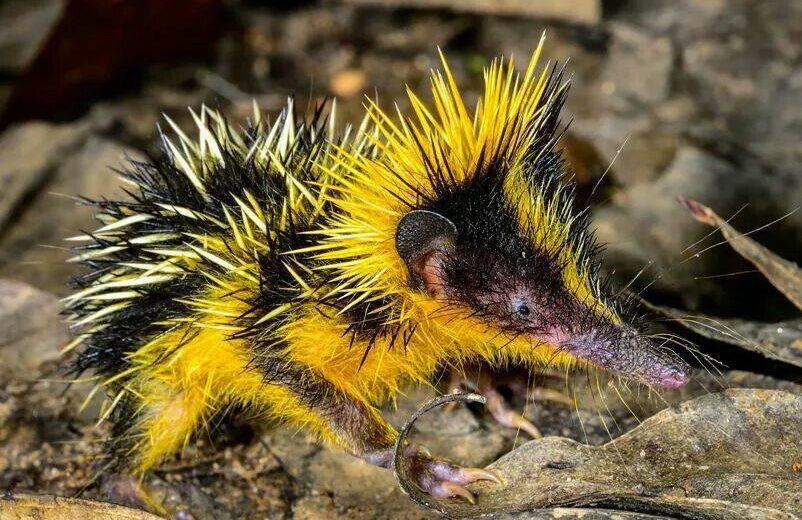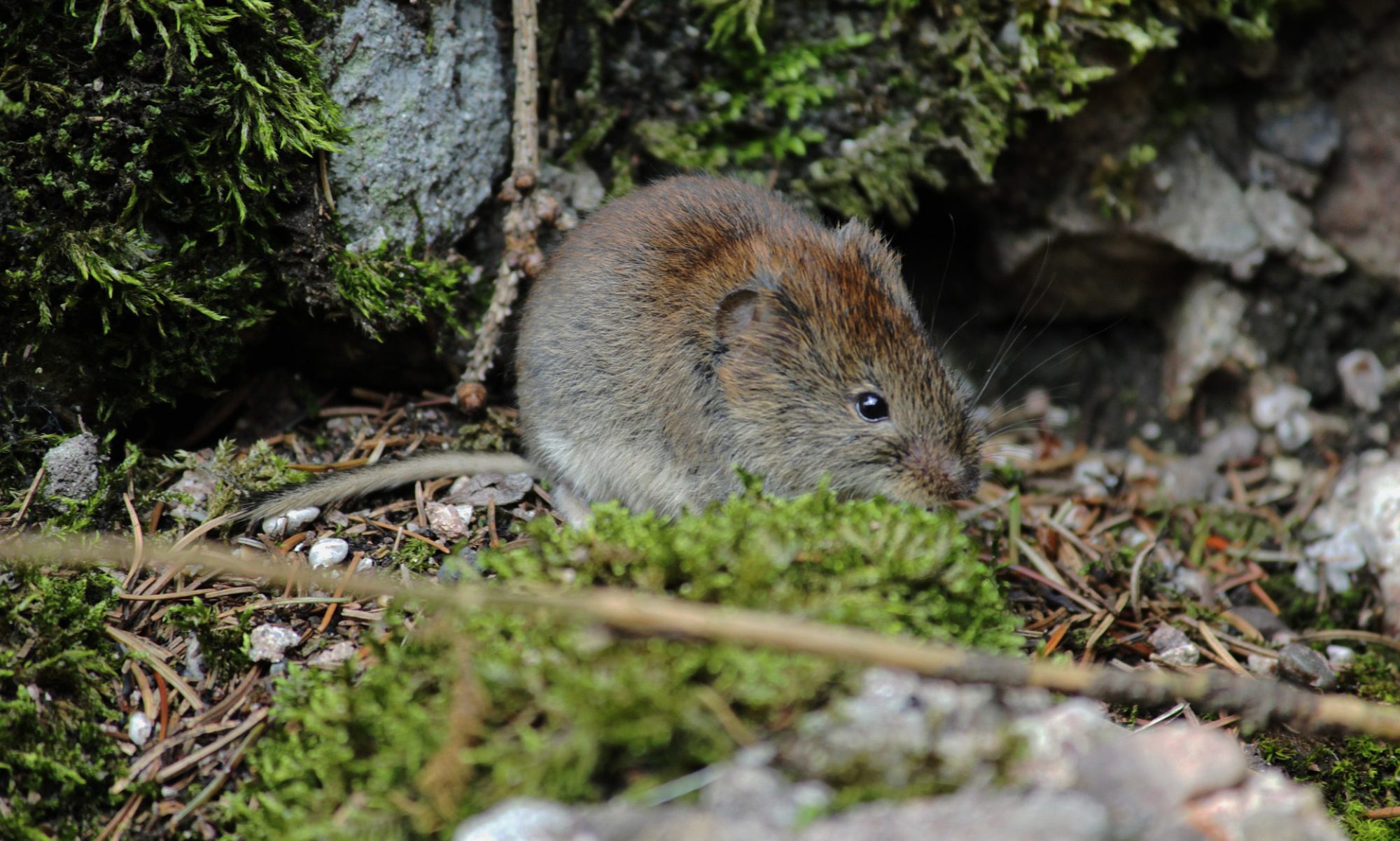So, we have learnt in previous posts about how Bats use echolocation and why is it so important. To follow on from this read on to discover which other animals use echolocation and how this incredible skill has diversified through the animal kingdom…

To follow on from Vanessa’s blog post about Echolocation in Bats, I thought it would be a great opportunity to introduce you to some other animals who rely on echolocation and how they use it.
Echolocation is the use of sounds to interpret the location of objects, navigate, hunt and to communicate. These sounds bounce of obstacles and ‘echo’ back to the individual, allowing them to create a mental picture of their environment. As well as Bats, some species of bird, shrew and marine mammals also echolocate to help them survive in their environments.
Marine Mammals
Marine mammals are mammalian species that live in our oceans, this includes whales, dolphins, porpoises and seals. Toothed whales, including Beluga whales and Sperm whales, dolphins like Orca, and porpoises are all known to echolocate. Echolocation helps these animals hunt and navigate in varying water and weather conditions, they also use echolocation to communicate with each other.
Orca (Killer Whales) for example use echolocation to hunt effectively in pack like scenarios, using it simultaneously to track down their prey and to communicate with other members of their pod. Echolocation in Orca, as with other species of dolphin, is a combination of clicks and whistles that can be identified when they use it to communicate, researchers use these sounds to help identify individual pods and individuals within them. Have a listen to an Orca conversation below!
Lowland Streaked Tenrec
The Lowland Streaked Tenrec lives in the eastern rain forests of Madagascar and feed on worms that they can find in the undergrowth. Lowland Streaked Tenrecs use echolocation to just communicate with each other, they make sounds by tapping together quills on their backs! This helps them remain in their social groups and to alert each other to potential dangers. Have a look at the video below to see how they do it!
Oilbird
Oilbirds can be found in the north of South America and and are nocturnal (they are only active during the night). They eat fruit which makes them the only flying fruit-eating birds in the world! Oilbirds live in colonies in caves or dark, open spaces in the same way Bats do. They have really good eyesight, so they can see the fruit they want to eat, however they can get themselves lost, which is where echolocation comes in. Oilbirds use echolocation to navigate as it helps them picture their surroundings, it helps them create a map in their brains! Watch the video below and see if you can hear this Oilbird using echolocation!


One Reply to “Echolocation: Expanded”
Comments are closed.